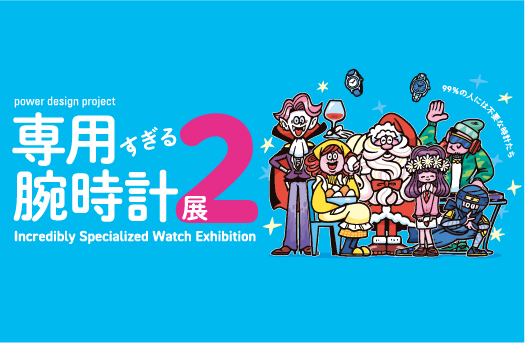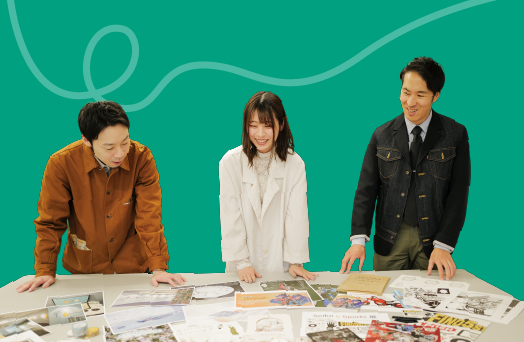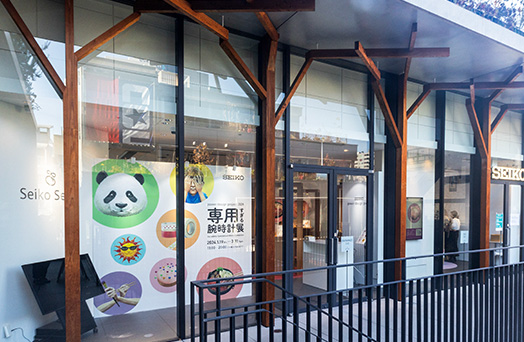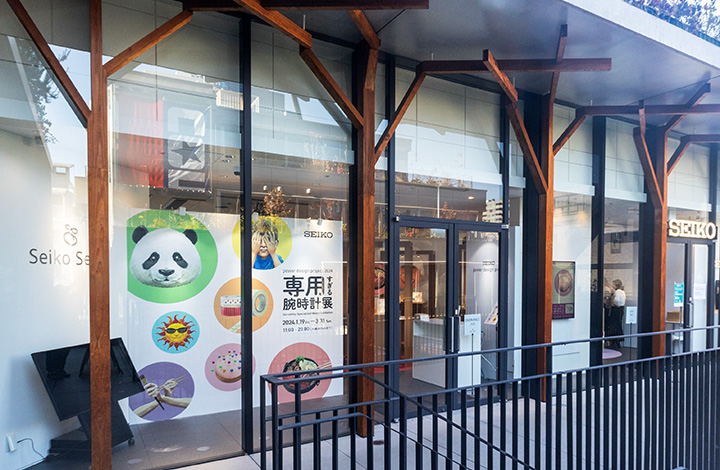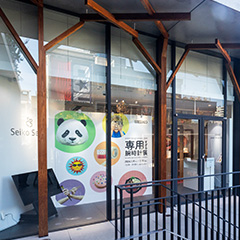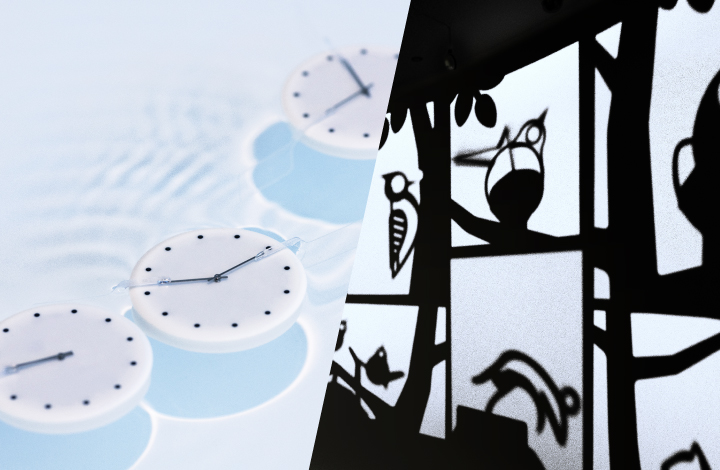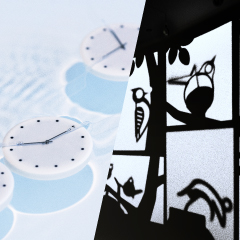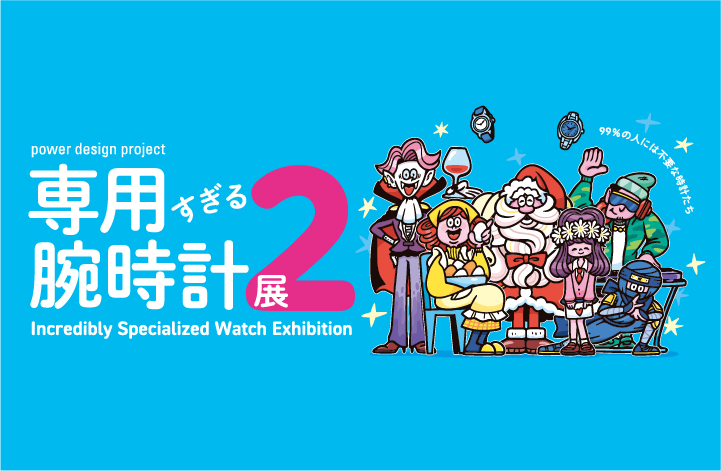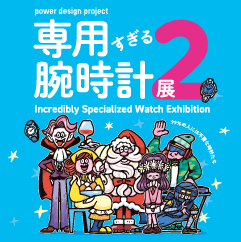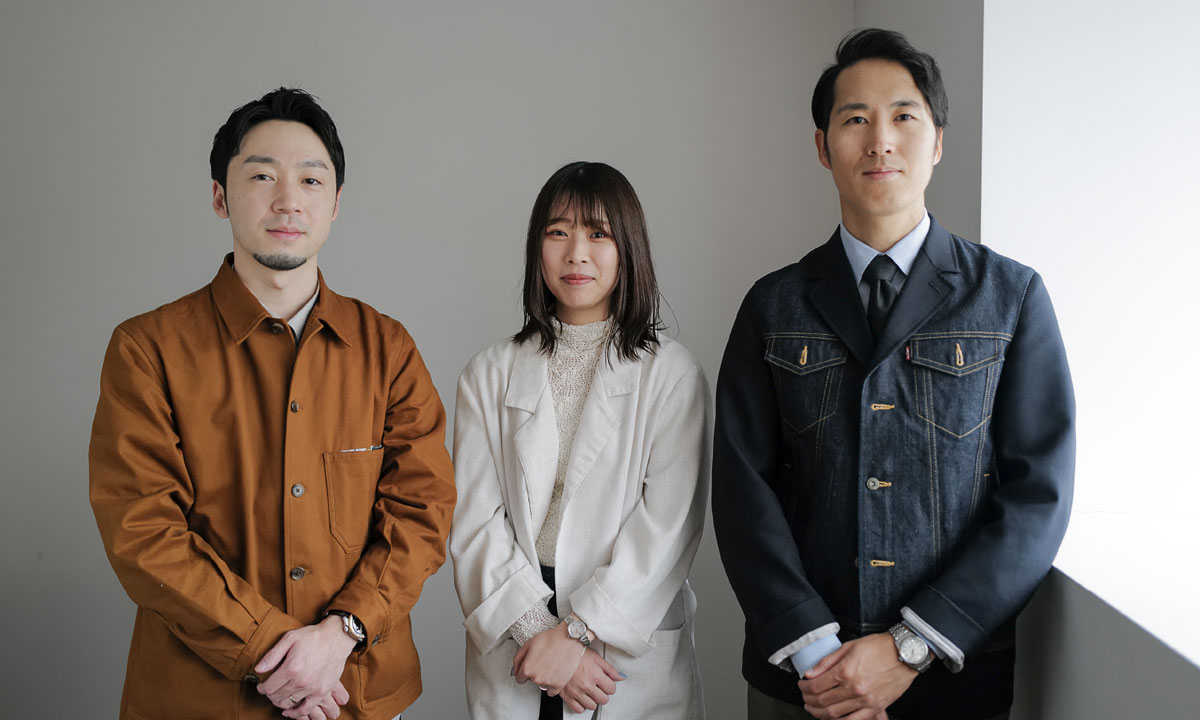
Matsue joined Seiko in 2013. He has taken on various creative roles, including leading the Ten-chan’s Hairspring and Find 5 Styles exhibitions at Seiko Seed. He currently leads design for Seiko 5 Sports.
(Middle) Natsuki Ishii
Ishii joined Seiko in 2019. At Seiko Seed, she was responsible for the LUKIA Garden exhibition. She currently designs for Seiko Lukia.
(Right) Takuya Matsumoto
Matsumoto joined Seiko in 2010 and contributed to Seiko Seed through the development of the Super Warrior King Seiko exhibition. He now designs for King Seiko.
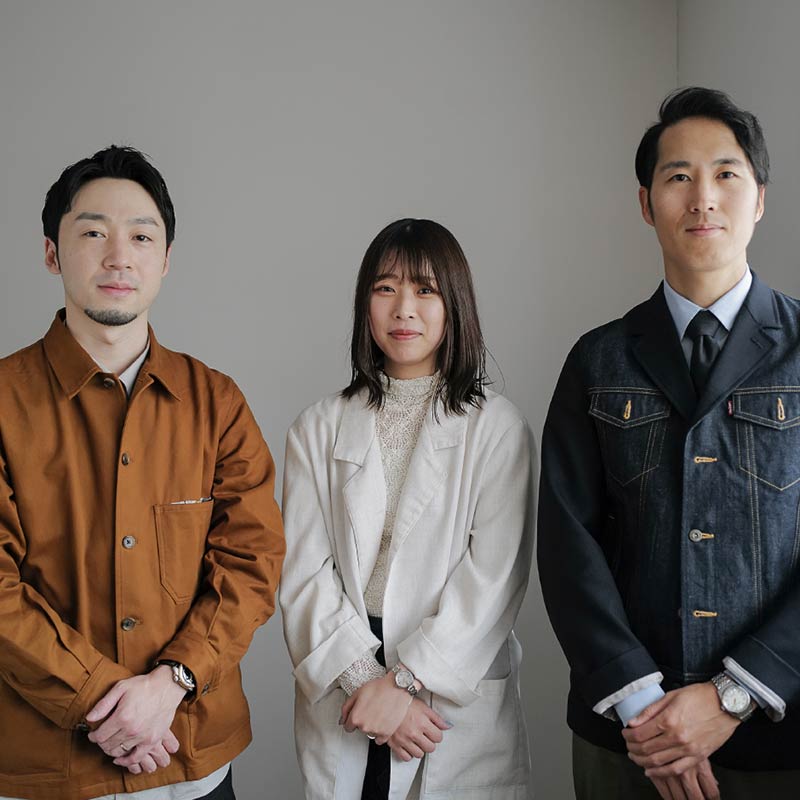
Matsue joined Seiko in 2013. He has taken on various creative roles, including leading the Ten-chan’s Hairspring and Find 5 Styles exhibitions at Seiko Seed. He currently leads design for Seiko 5 Sports.
(Middle) Natsuki Ishii
Ishii joined Seiko in 2019. At Seiko Seed, she was responsible for the LUKIA Garden exhibition. She currently designs for Seiko Lukia.
(Right) Takuya Matsumoto
Matsumoto joined Seiko in 2010 and contributed to Seiko Seed through the development of the Super Warrior King Seiko exhibition. He now designs for King Seiko.
Turning complex mechanisms into something cute and fun. #Ten-chan’sHairspring
Matsumoto: Although Seiko Seed’s activities in Harajuku have been put on hold for now, how did you both feel about the experience?
Matsue: Harajuku has such a strong youth culture, and trying to convey the appeal and depth of watches in that environment was quite a challenge.
Ishii: That’s why I think Ten-chan’s Hairspring, the third exhibition to be held after Seiko Seed launched, was a great match for Harajuku’s unique vibe.
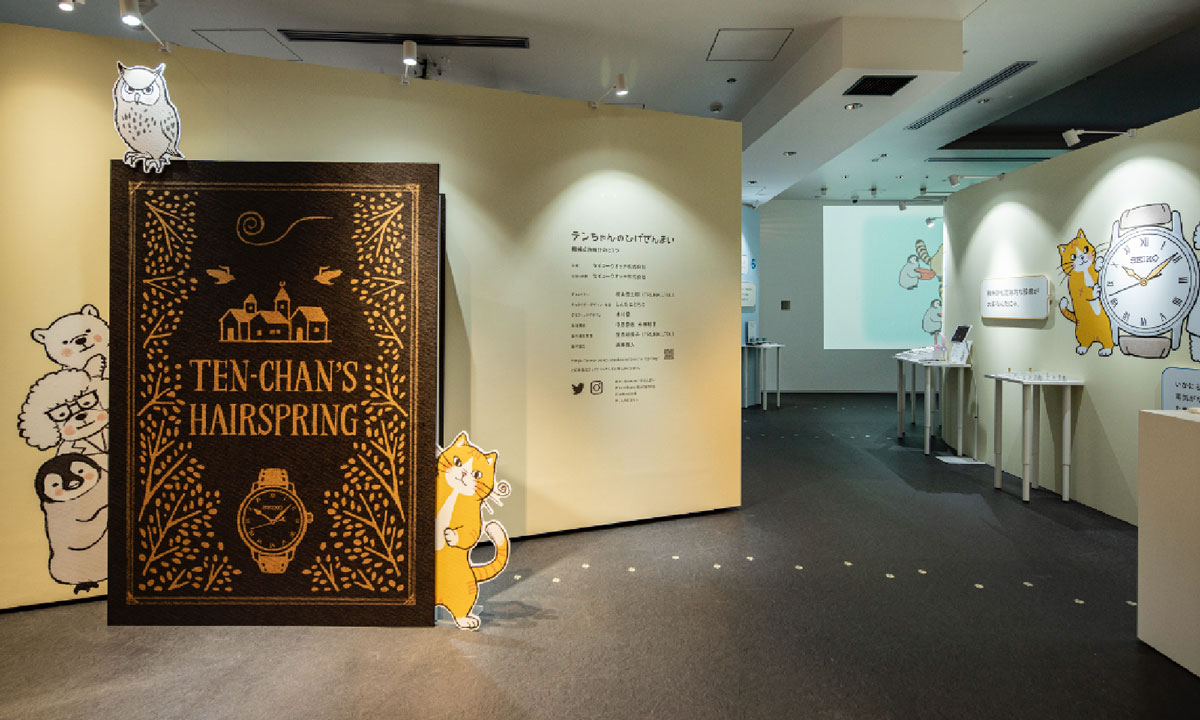
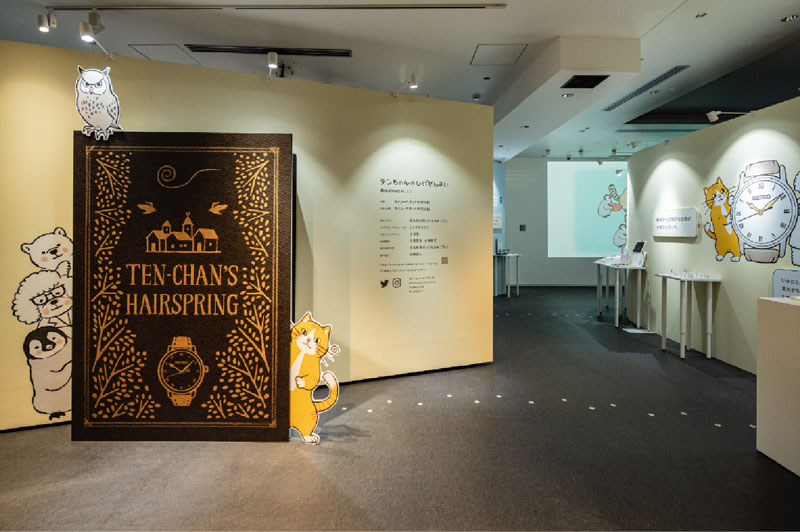
Matsumoto: You led that exhibition, didn’t you, Matsue-san?
Matsue: Yes, I did. We planned it with the Harajuku setting in mind from the beginning. We wanted to reach families spending the day in the area—especially members of Gen Z and international visitors. Our first question was: how do we make the magic of mechanical watches feel familiar and exciting to them?
Matsumoto: So that’s how it all started.
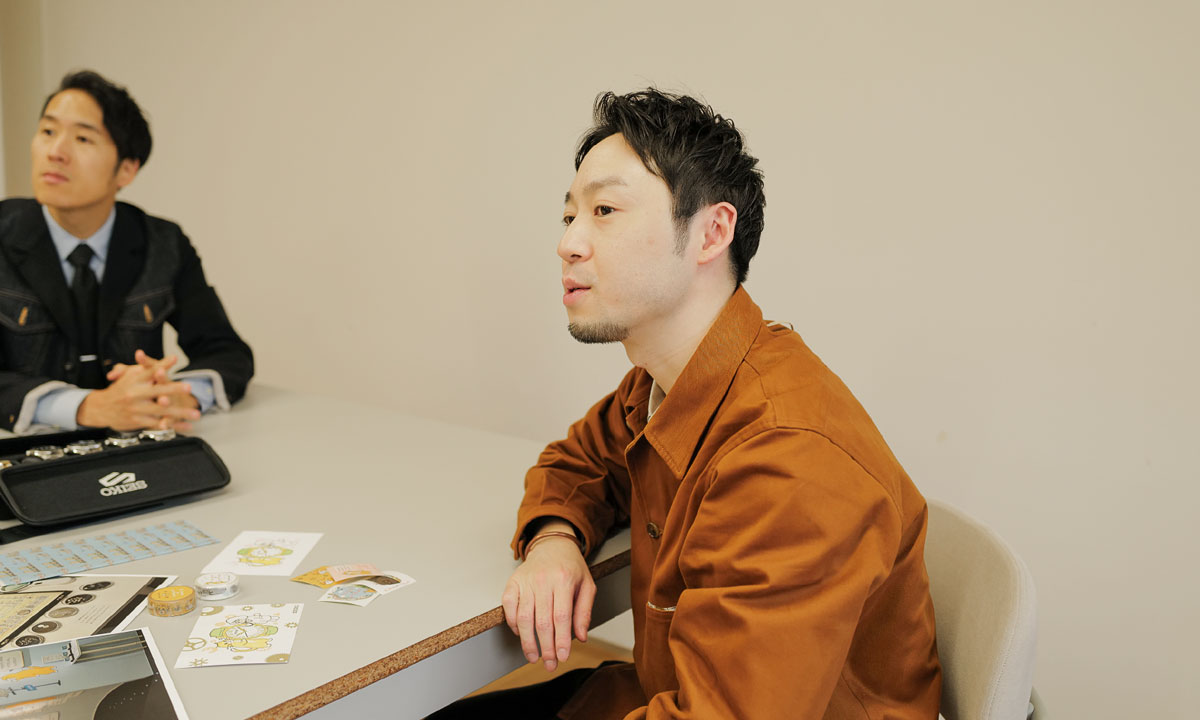
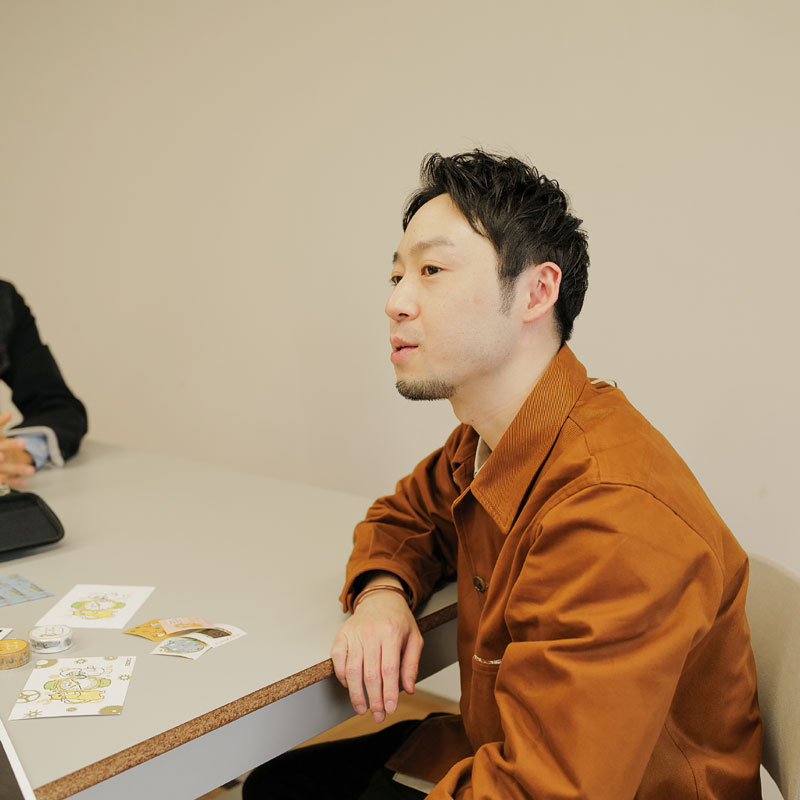
Matsue: We started with the keyword “kawaii”—a concept that has transcended language and become a symbol of Harajuku itself. Inspired by its cultural power, we set out to create an exhibition centered around charming characters. That led us to a storybook-style display featuring illustrations by Tomoko Shintani. Through her endearing characters, we were able to introduce the intricate world of mechanical watchmaking in a way that felt approachable, relatable, and fun for a diverse audience.
Matsue: To deepen the experience, we also developed interactive models that let visitors move the components themselves—offering a hands-on glimpse into how these precise mechanisms keep time.
Ishii: That hands-on model made everything click—it really brought the concept to life.
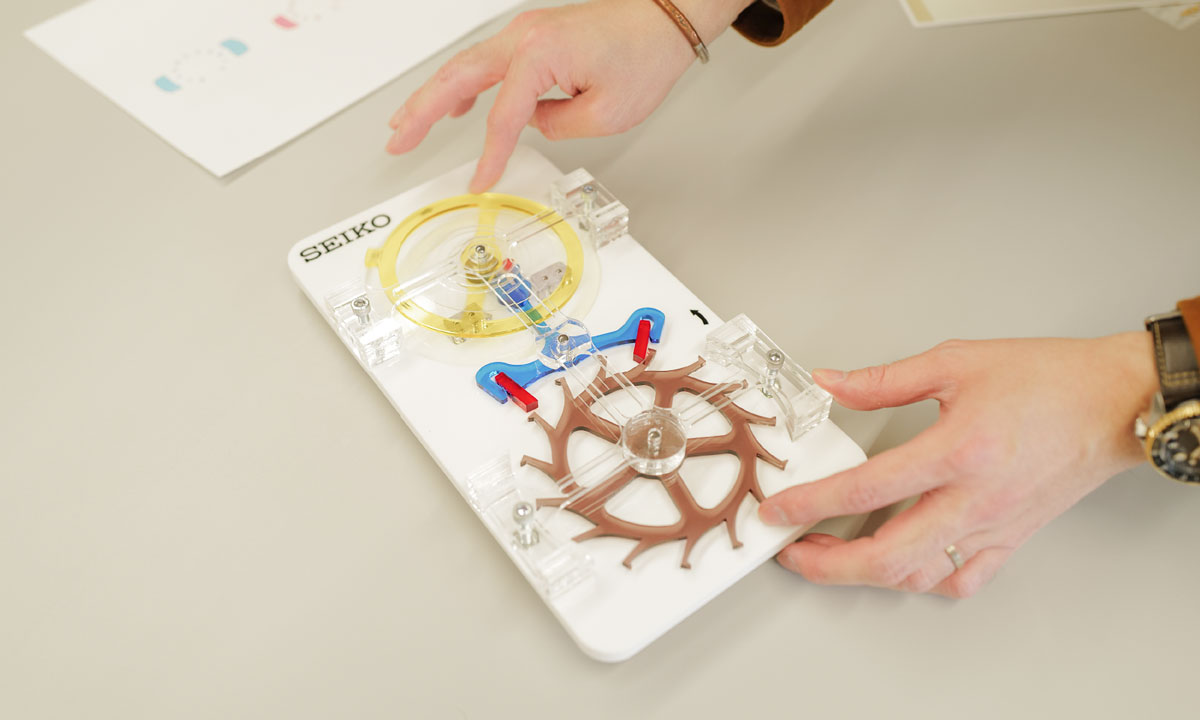
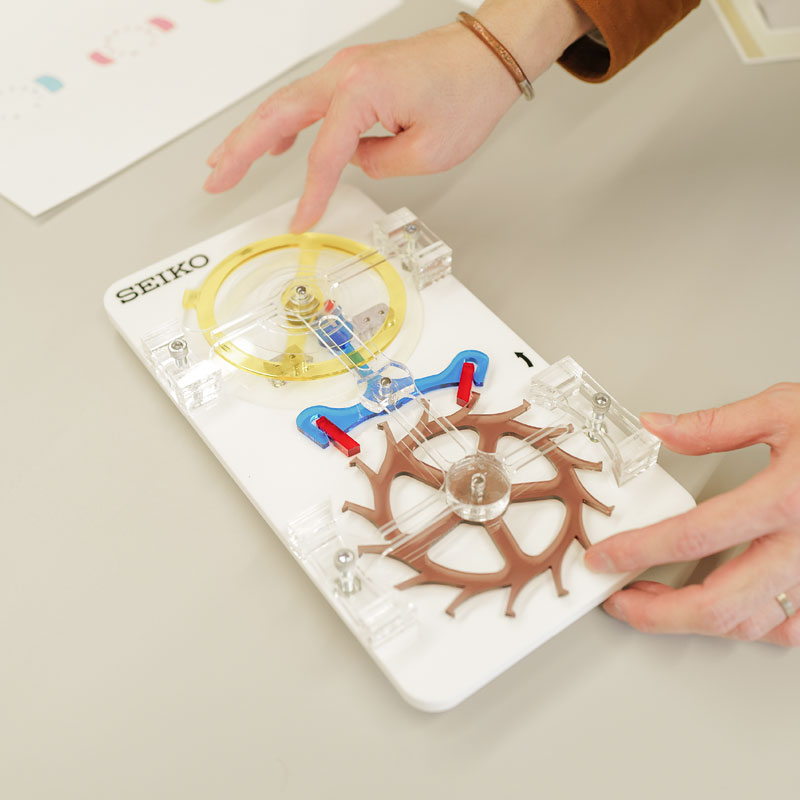
Matsumoto: And the first workshop was held alongside Ten-chan’s Hairspring, wasn’t it?
Matsue: Yes, exactly. The workshops were designed to spark curiosity across generations, and they’ve since become a signature part of the exhibition. We saw many families participating—children especially were excited to dive in and explore.
Matsue: The story woven into the exhibition also carried a message we hoped would resonate: that a single mechanical watch, with care and maintenance, can be treasured and passed down across generations. Seeing parents and children discover that together was incredibly rewarding.
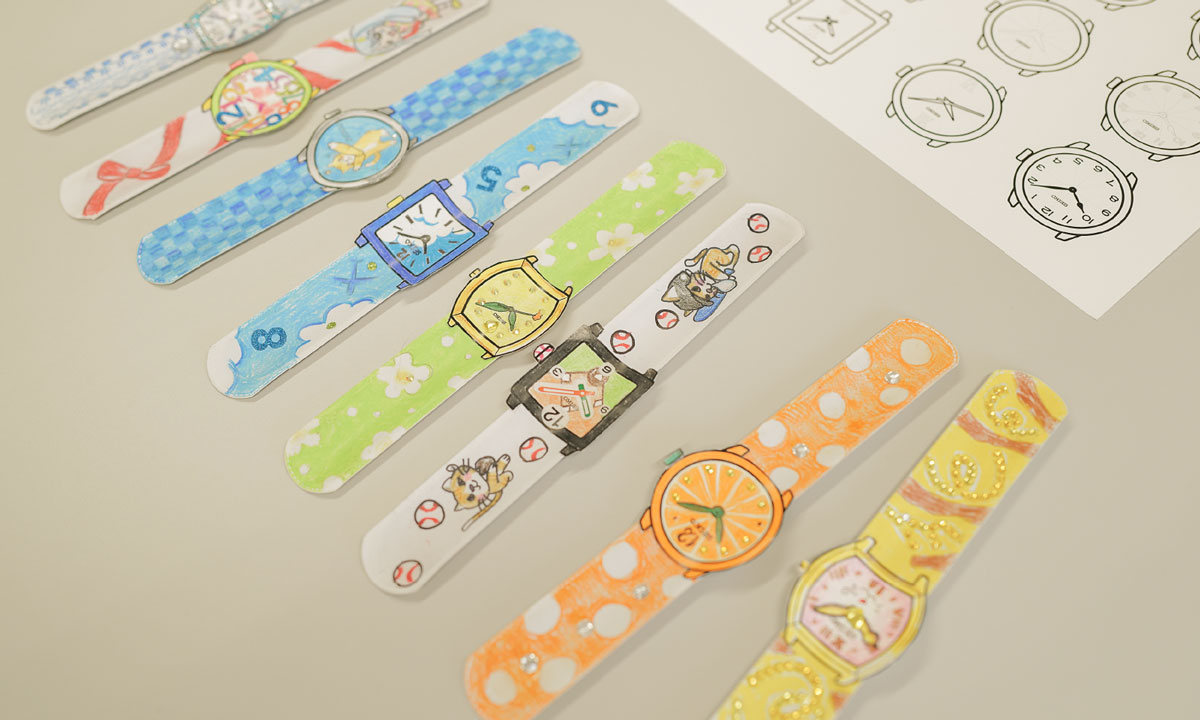
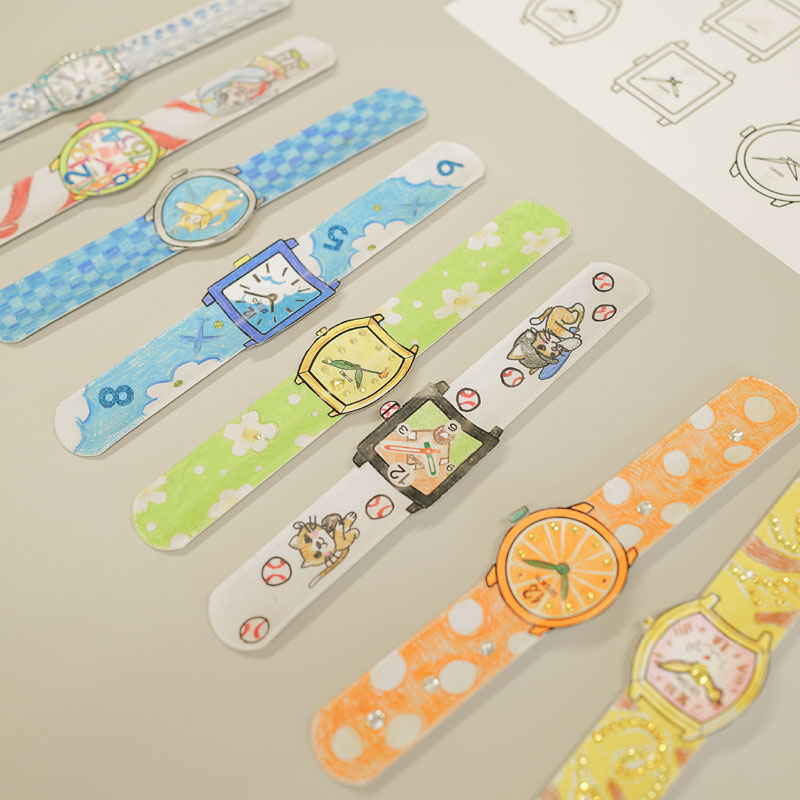
An immersive experience that goes beyond the display. #Find5Styles
Matsue: The Seiko 5 Sports exhibition I worked on left a strong impression on me as well.
Matsumoto: You mean the Find 5 Styles exhibition? That one stood out, too. It inspired all sorts of reactions and really drew me in—I genuinely enjoyed it.
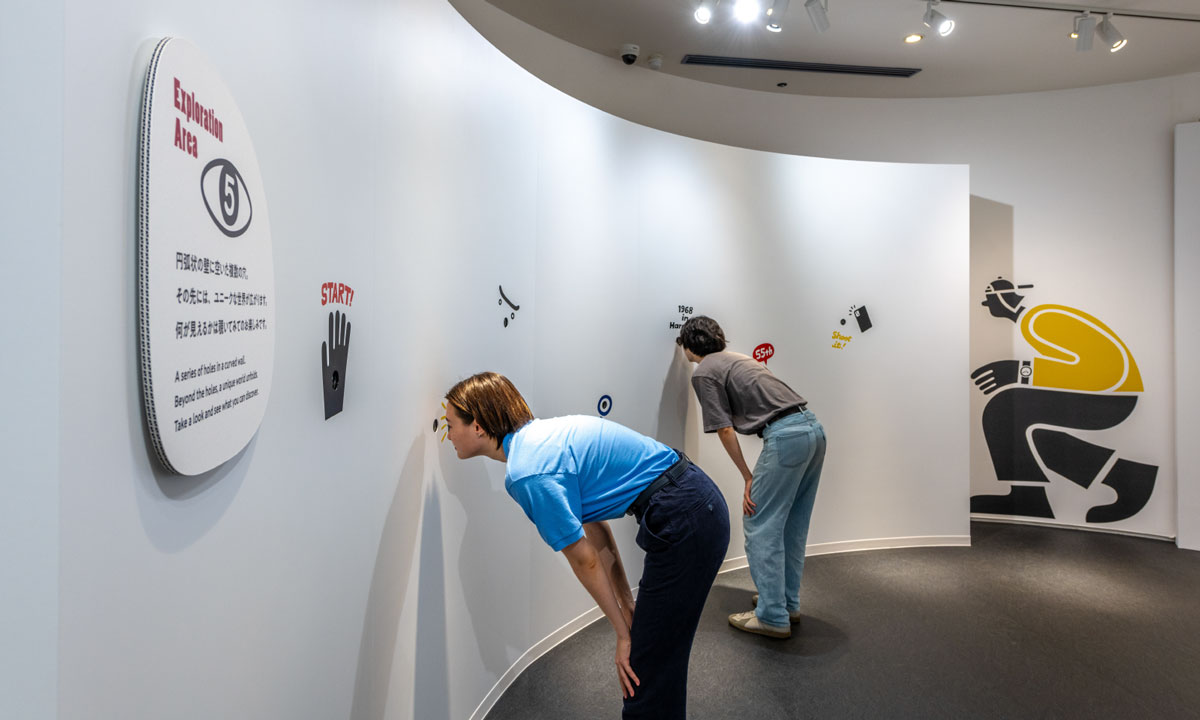
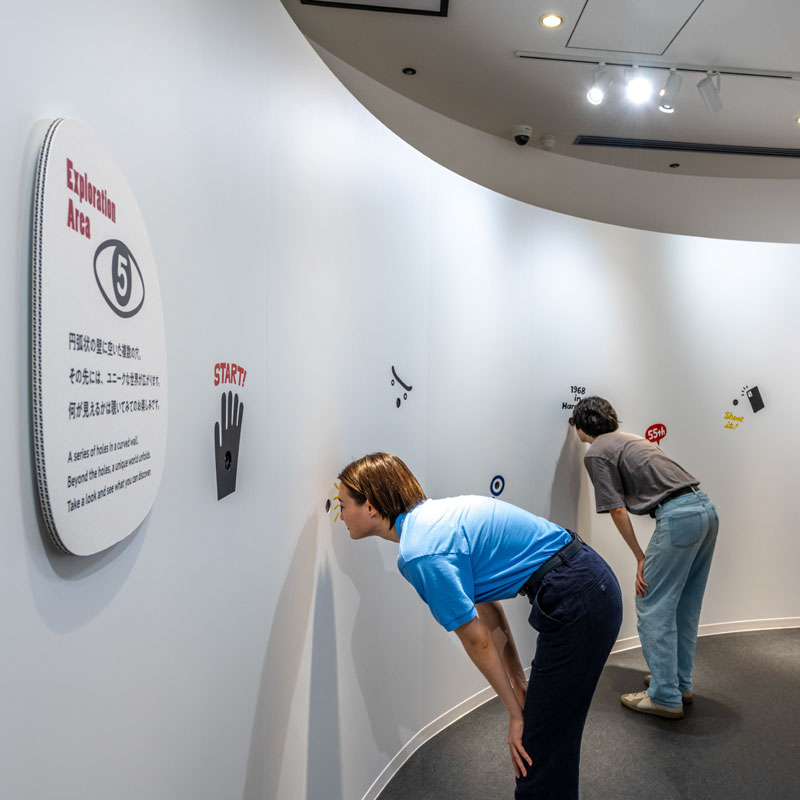
Matsue: Thank you! The exhibition took place in 2023, which marked the 55th anniversary of the Seiko 5 Sports brand. Those of us who usually work on this brand took the lead in creating Find 5 Styles, a project designed to help people find and rediscover the unique appeal of the brand.
Ishii: The illustrations were really popular, weren’t they?
Matsue: Yes, we collaborated with the illustrator stomachache. to create the overall visual identity. Our goal was to capture the unique worldview of Seiko 5 Sports—a brand that has long been connected to youth and street culture through the decades.
Matsumoto: It felt like a perfect match for Harajuku.
Matsue: I appreciate that. Just like with Ten-chan’s Hairspring, we were mindful of the Harajuku audience. Rather than placing watches front and center, we developed a concept that would first capture attention with graphics that evoke the brand’s culture—and from there, naturally spark interest in Seiko 5 Sports itself.

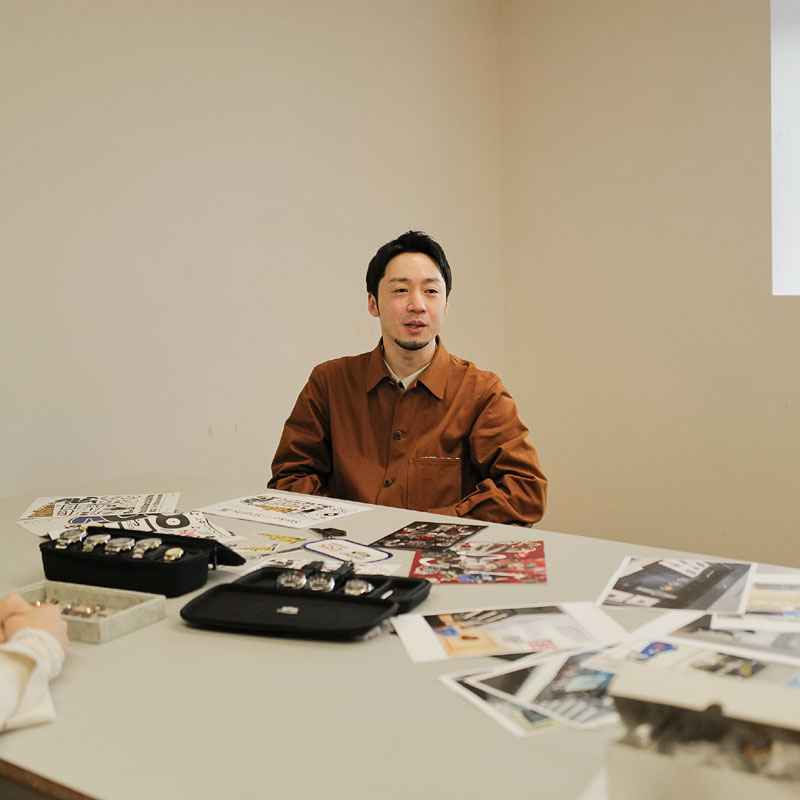
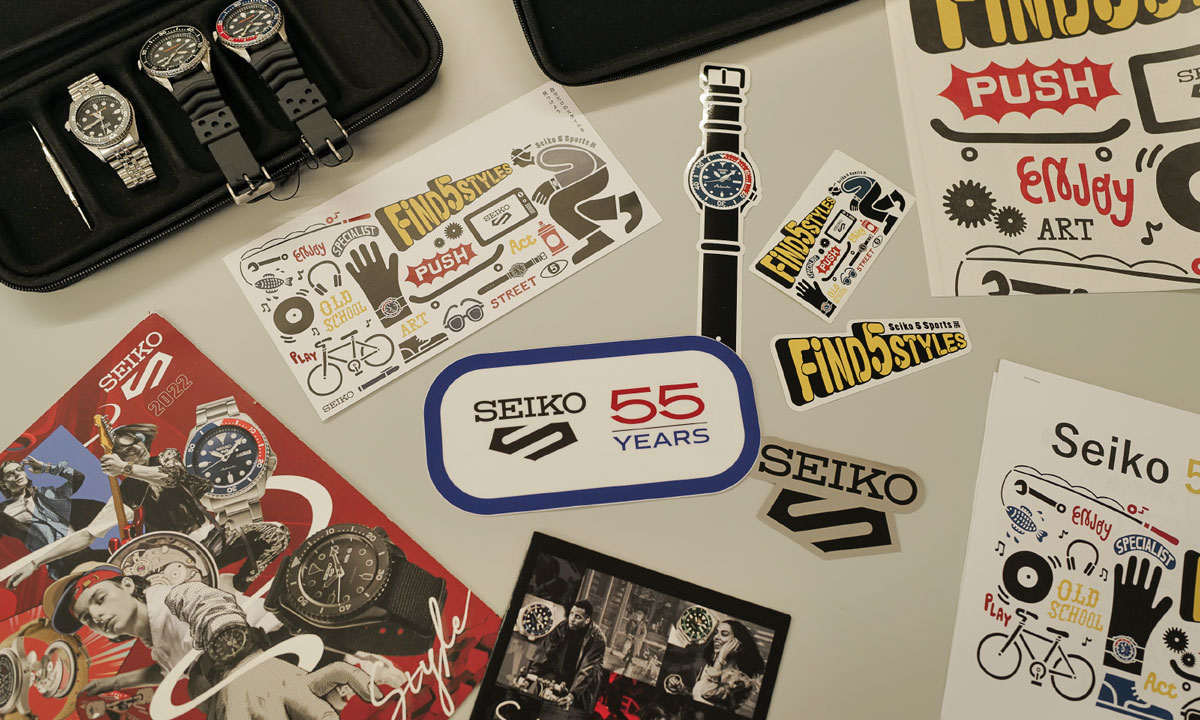
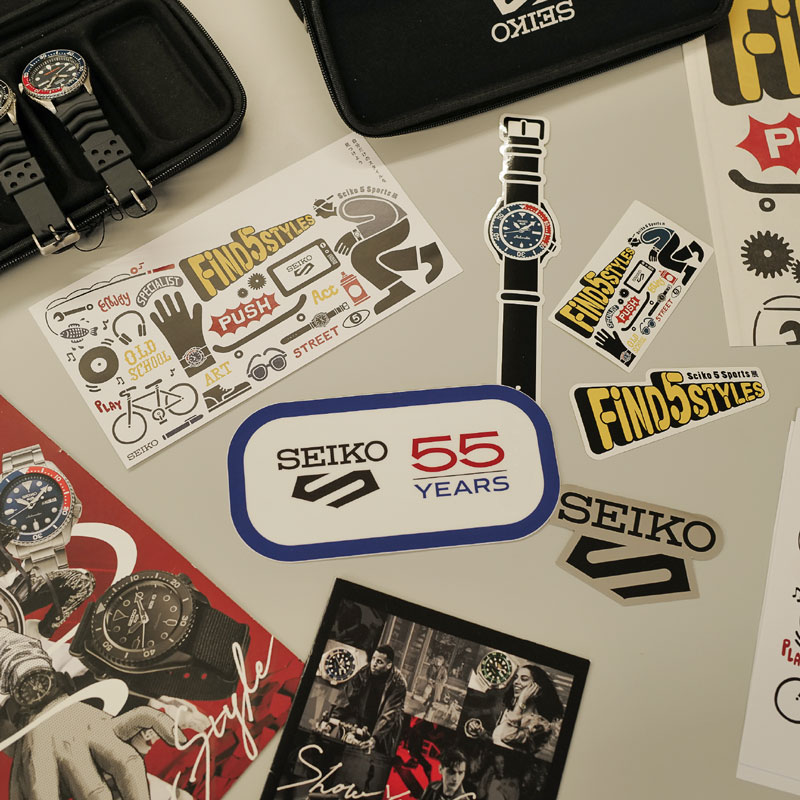
Ishii: I really enjoyed the space surrounded by 145 watches. That was so fun to explore.
Matsue: That area definitely became a highlight. A lot of people posted photos and videos on social media, which helped spread the word even further.
Matsue: In fact, that exhibition attracted the largest number of international visitors we’ve ever had. Some people even traveled to Japan specifically to see it because they were already fans of Seiko 5 Sports. You could really feel the energy and passion of the global community.

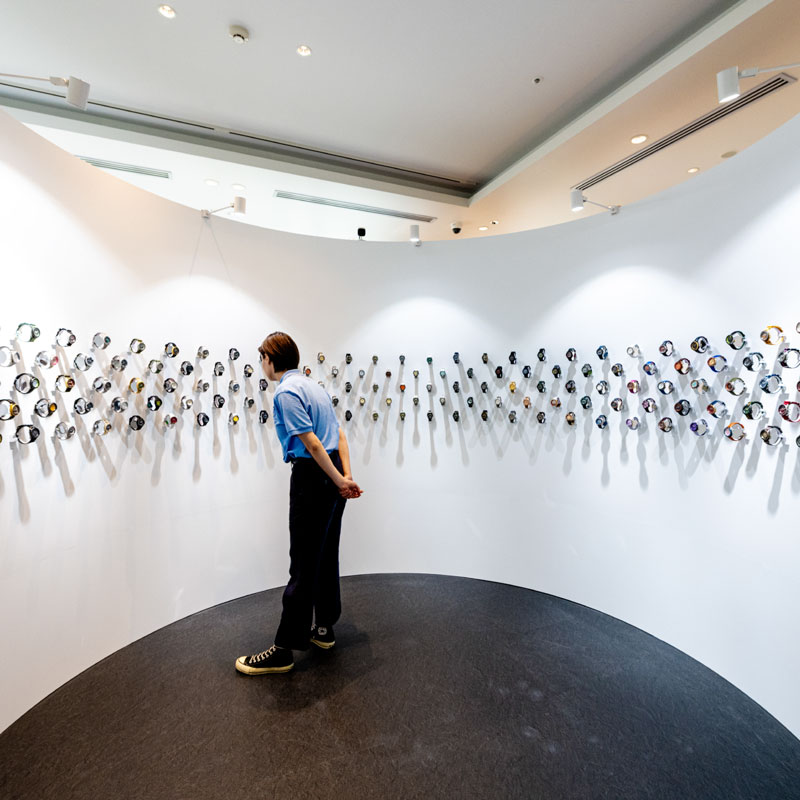
Framed for you: Adjusting to the customer’s perspective. #LUKIAGarden
Ishii: For the Lukia exhibition, we designed the displays around the themes of flowers, the core motif of the LUKIA Grow collection, and light, a concept closely tied to solar watches.


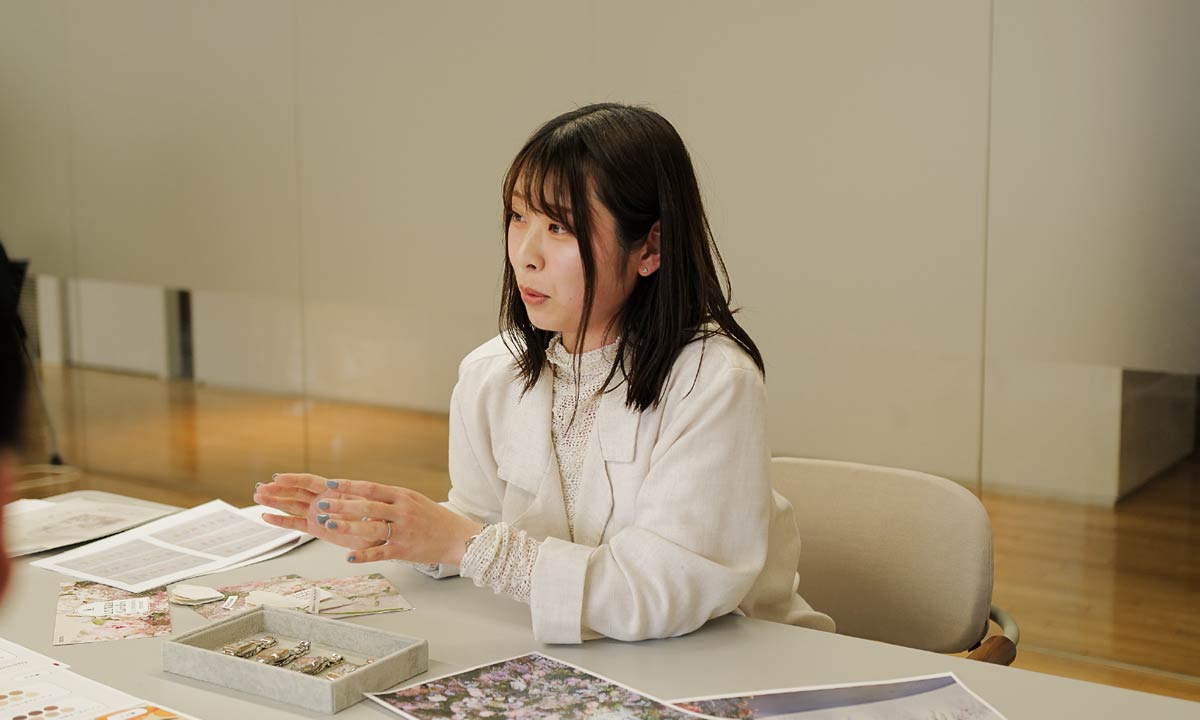
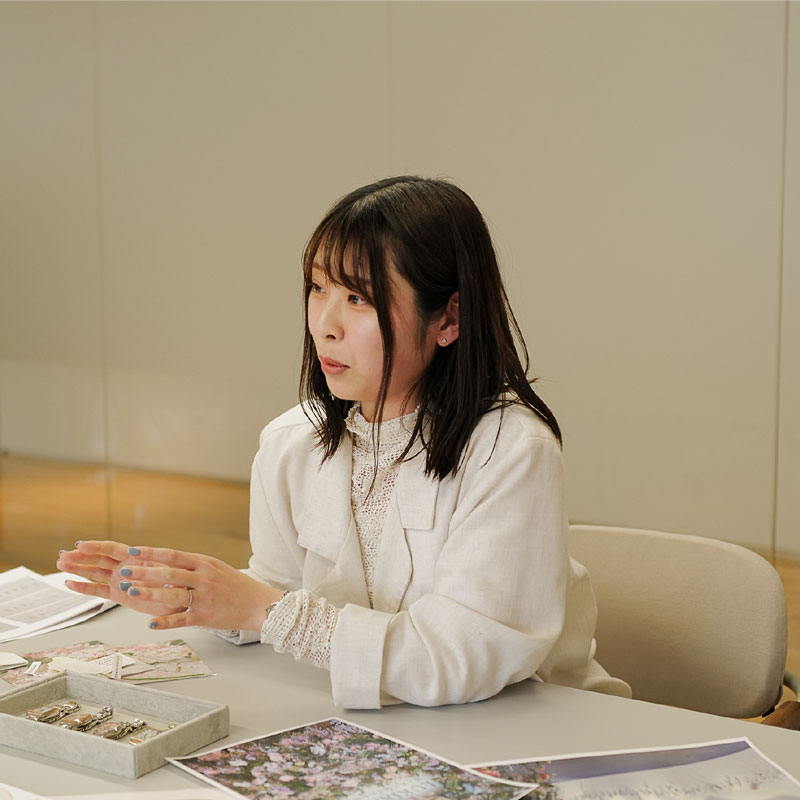
Ishii: For the exhibition centered around light, we collaborated with artist Kouta Takahashi to create an interactive installation called Flower Garden of Light. Our goal was to immerse visitors in the world of LUKIA Grow without showcasing the watches themselves.
Matsue: I experienced it firsthand, and it was truly a mesmerizing experience. There was also a section where watches from past generations were beautifully displayed on the wall. What stood out was how each watch was adorned with a delicate flower—such a thoughtful touch.
Ishii: In that section, we worked with edenworks, a creative studio specializing in flowers and plants, to craft PAPER EDEN, custom paper flowers that complemented each Lukia watch. The presentation was exquisite, and many visitors took their time to appreciate the intricate details of the designs.
Matsue: What I particularly loved was how the watches weren’t simply lined up, but arranged rhythmically to guide visitors’ movements and gaze. There was also a popularity vote at the end, which I think encouraged people to take a closer look and engage with each piece thoughtfully.
Matsumoto: I was really impressed by the fashion color type and body type diagnosis sections as well. It was refreshing to interact with the touch panel, input my personal color and body characteristics, and then have the system recommend which Lukia models would suit me best. It felt very personalized and engaging.
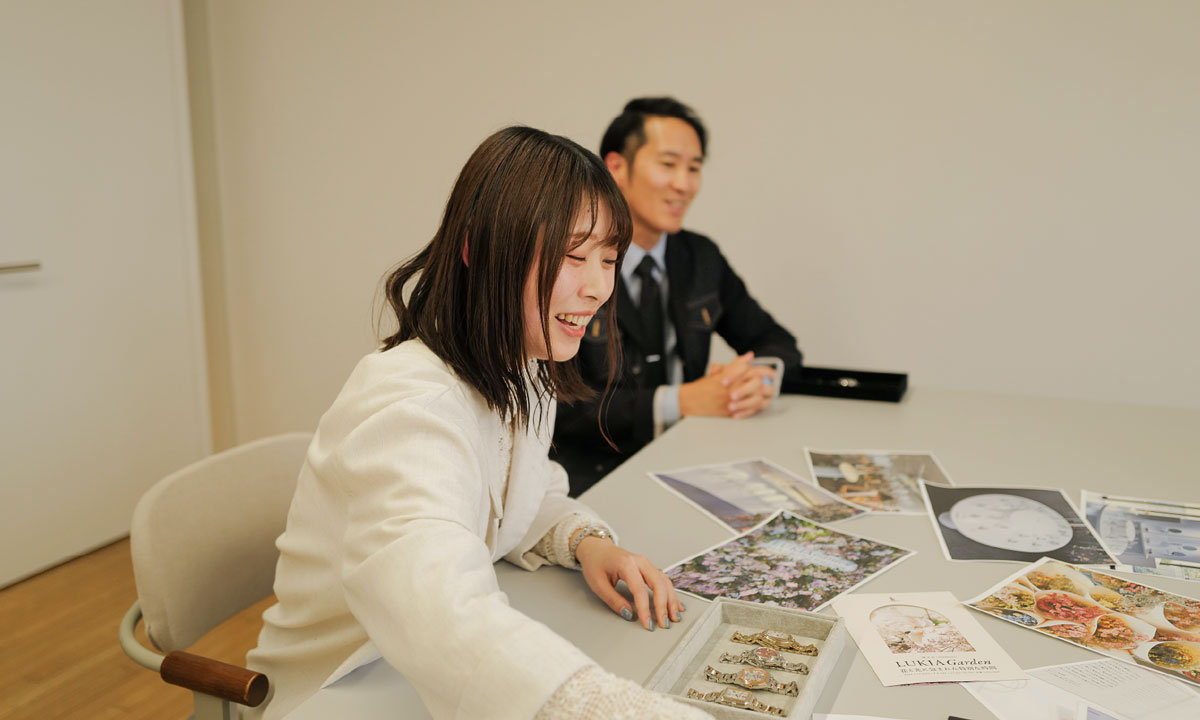

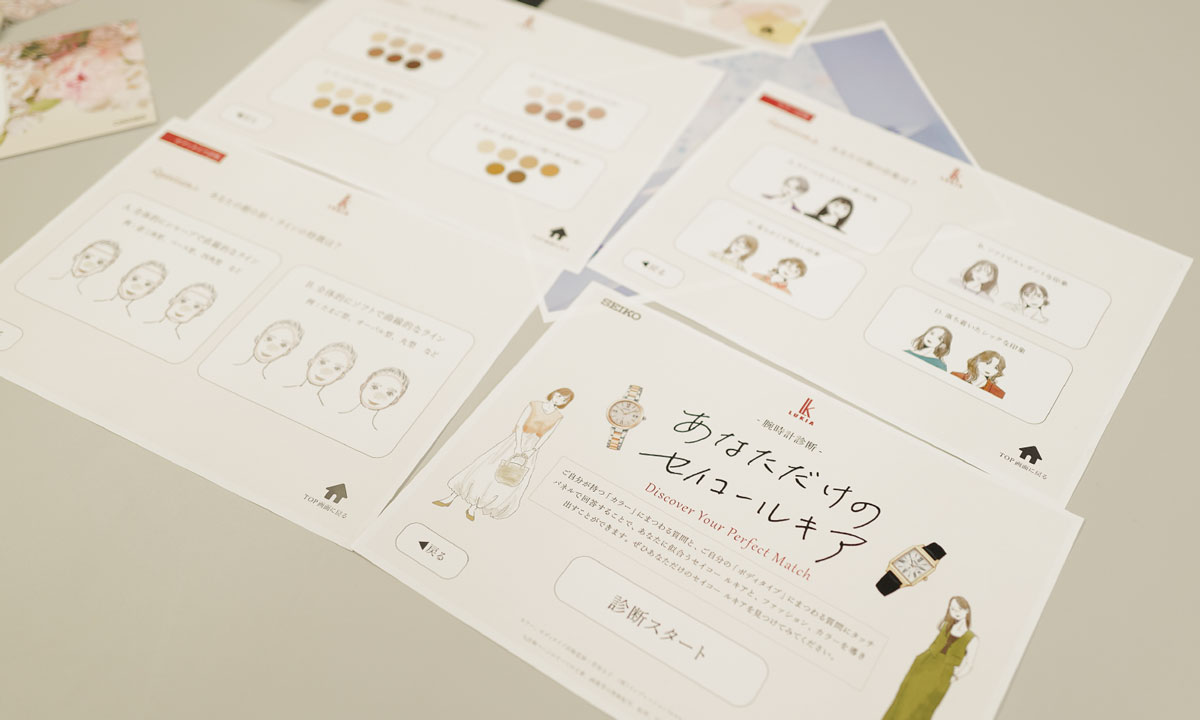
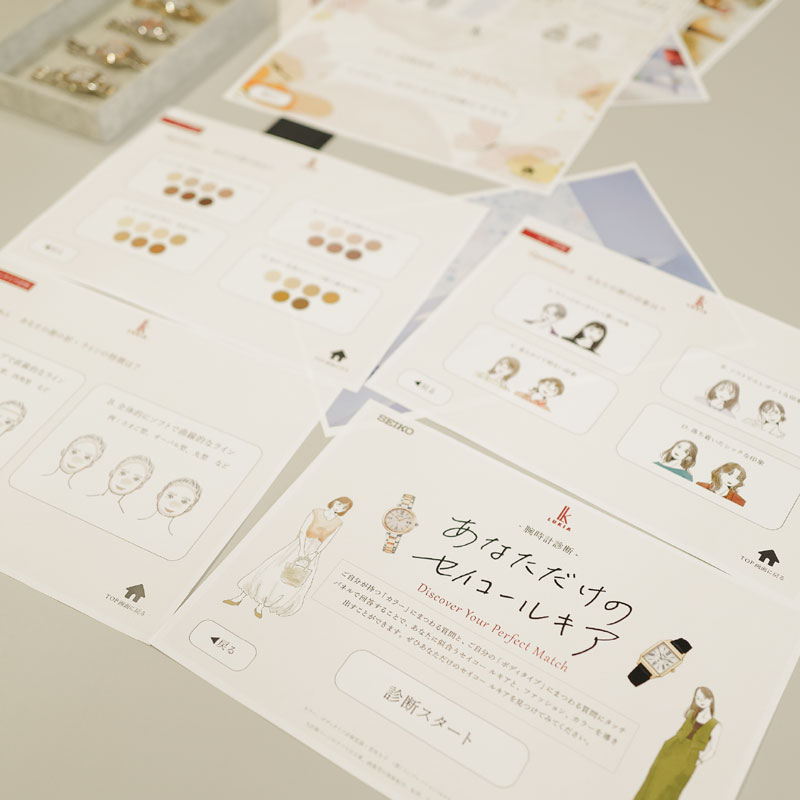
Ishii: That was one aspect I paid particular attention to. I learned a great deal from Ms. Reiko Sugawara, an expert in personal color and body types. I designed the site with the goal of making the diagnostic process enjoyable and accessible for everyone. I had never really thought about details like where to place buttons or how to phrase questions on the screen, but it was a valuable experience that reminded me of the importance of viewing things from the user’s perspective.
Matsue: It was also a nice touch to have the watches corresponding to the diagnostic results available at the venue. It felt considerate to offer customers the opportunity to immediately pick up the product right there and then.
Crafting an unforgettable immersive journey. #SuperWarriorKingSeiko
Ishii: The Super Warrior King Seiko exhibition was quite a bold move for King Seiko, wasn’t it?
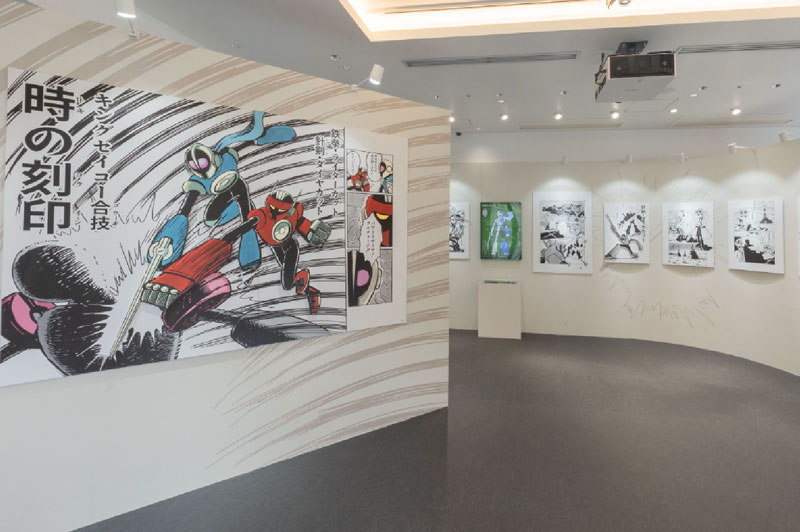
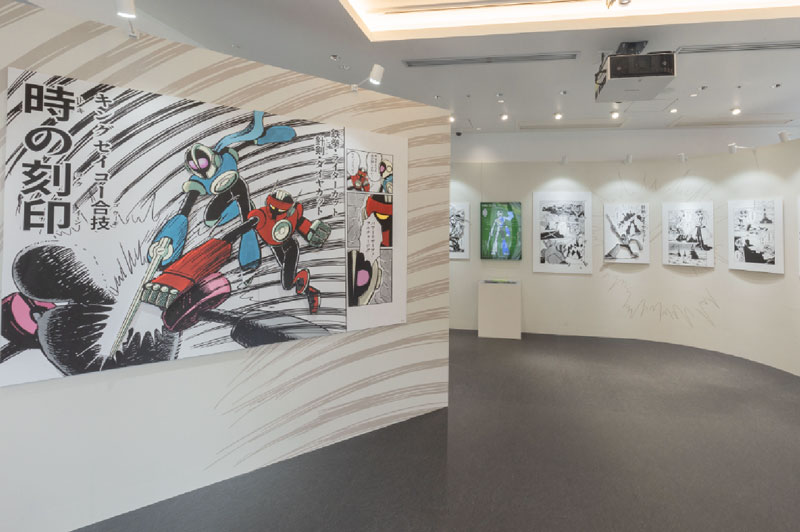
Matsumoto: It was. To be honest, my original idea was more conventional—a serious, straightforward exhibition. But since the venue was Harajuku, a place known for its creative energy, we decided to take a different direction—something playful that we wouldn’t typically try as a brand.
Matsue: And that’s how the idea of a hero manga came about?
Matsumoto: Yes. We looked back to the 1960s, when King Seiko first debuted. Tokusatsu (Special effects hero shows) were a huge part of the culture then, and that genre still resonates with younger generations today. We felt it could be a fun and meaningful way to bridge the past and present—something nostalgic for those who remember that era, while also fresh and entertaining for today’s audience.
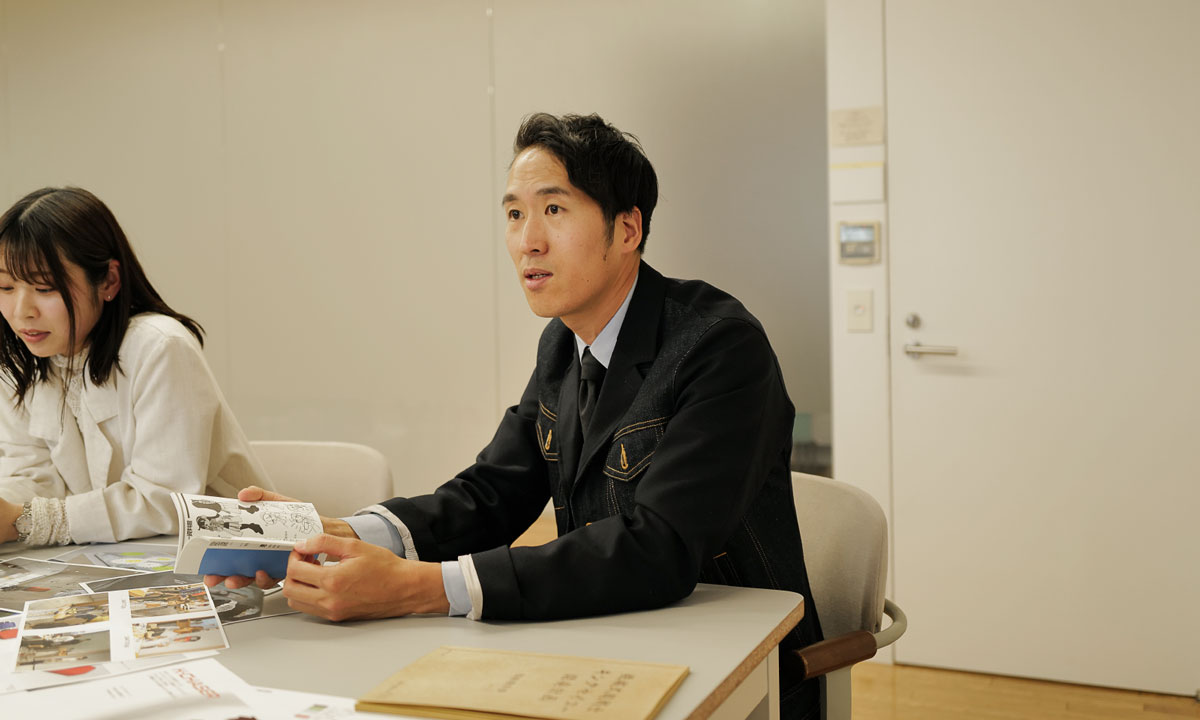

Matsumoto: We were very conscious of creating a sense of immersion in the way we designed the venue. We wanted visitors to feel as though they had stepped right into the world of the manga. To achieve that, we enlarged the manga panels and even installed life-sized models of the weapons and hero items featured in the story. We didn’t want the experience to be confined to two dimensions.
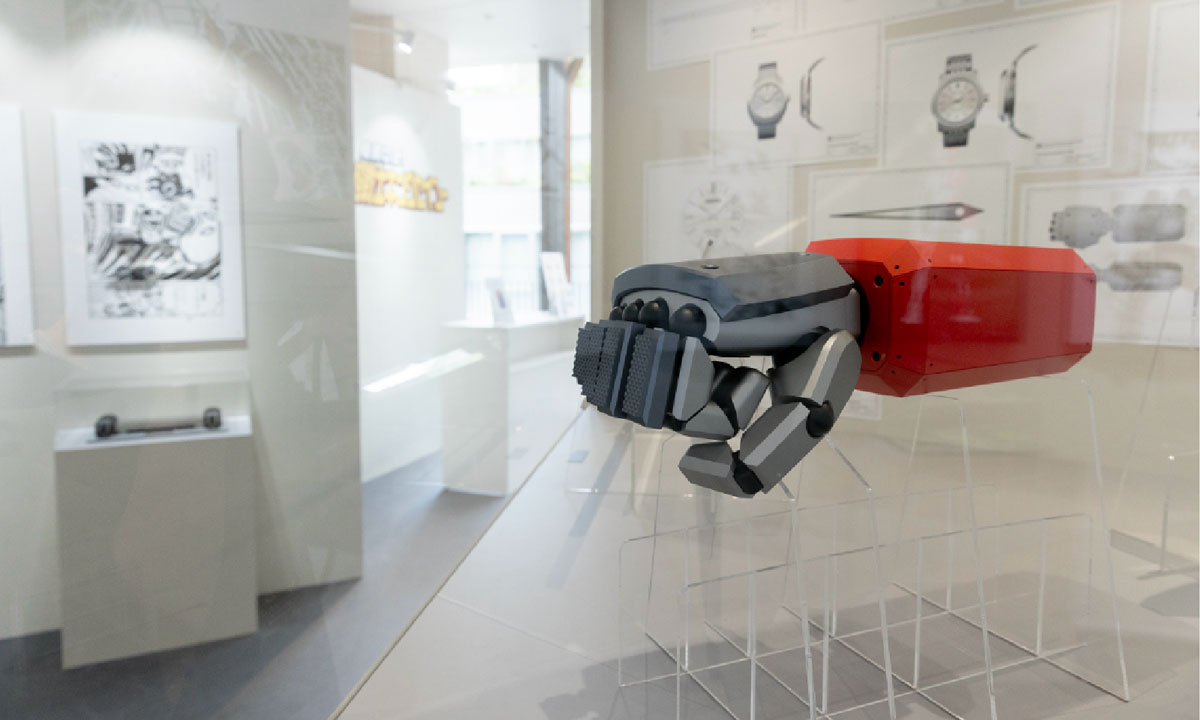
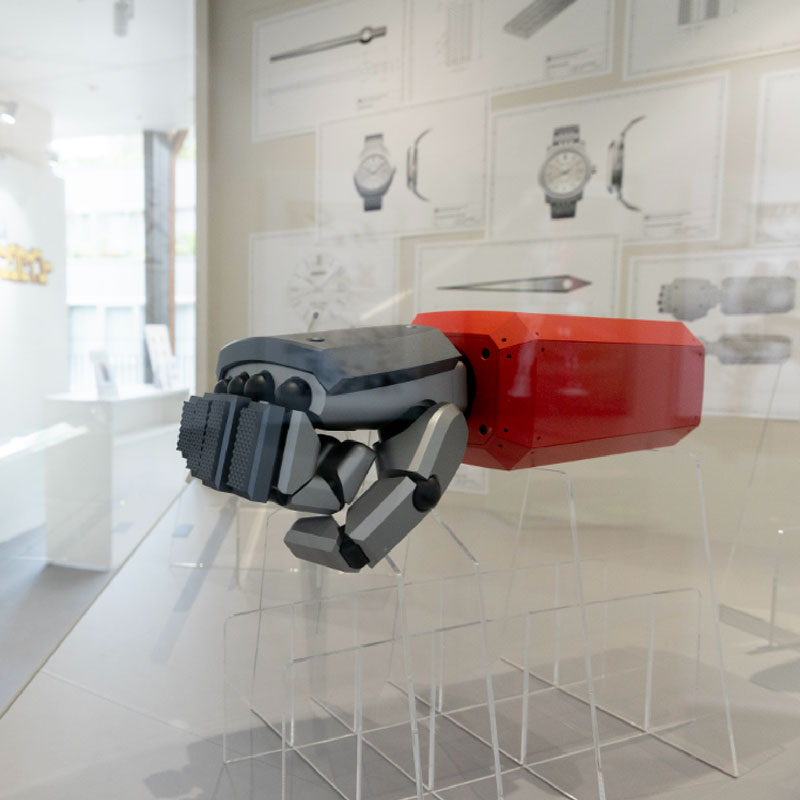
Matsue: The background music really added to that atmosphere—it was energetic and full of excitement.
Matsumoto: Yes, we were committed to refining every last detail of the space.
Matsue: You’re a fan of tokusatsu, aren’t you?
Matsumoto: I am! And I wasn’t the only one—several of our team members love tokusatsu. It was a joy to set aside our usual work mindset and just throw around ideas. We came up with names for special attacks and signature lines.
Ishii: I remember hearing voices from your team in the office—shouting things like, “Take this! My (such and such) attack!” I couldn’t help but wonder what was going on!
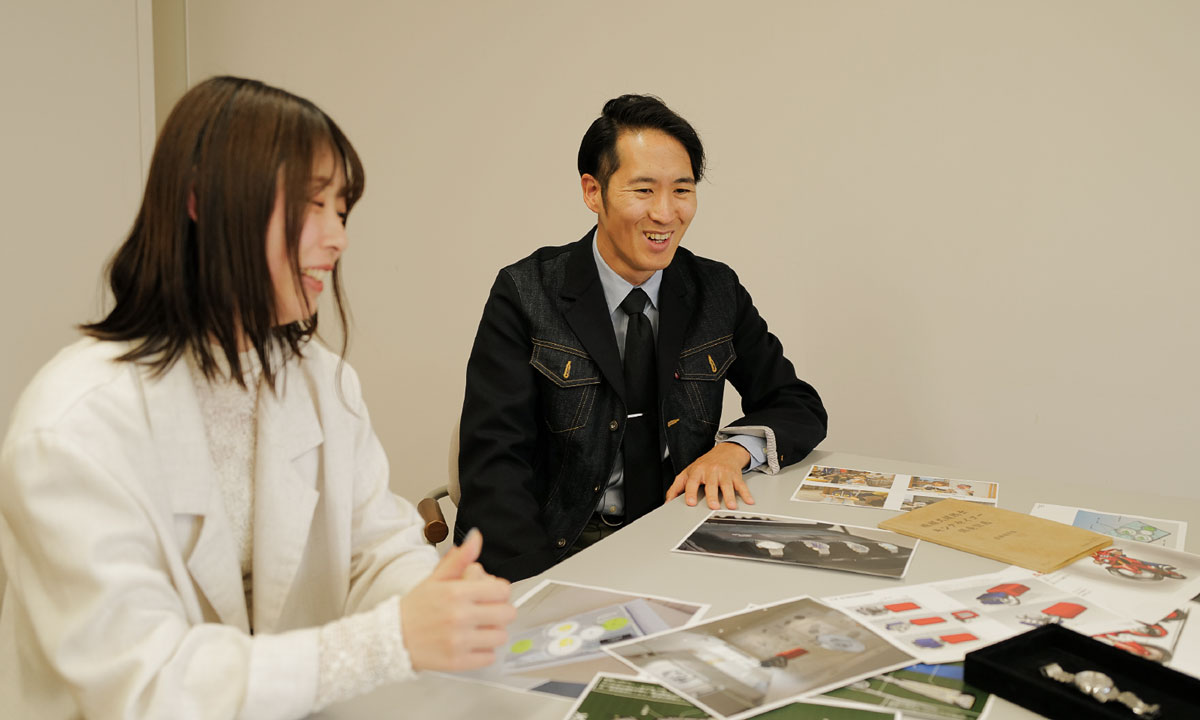
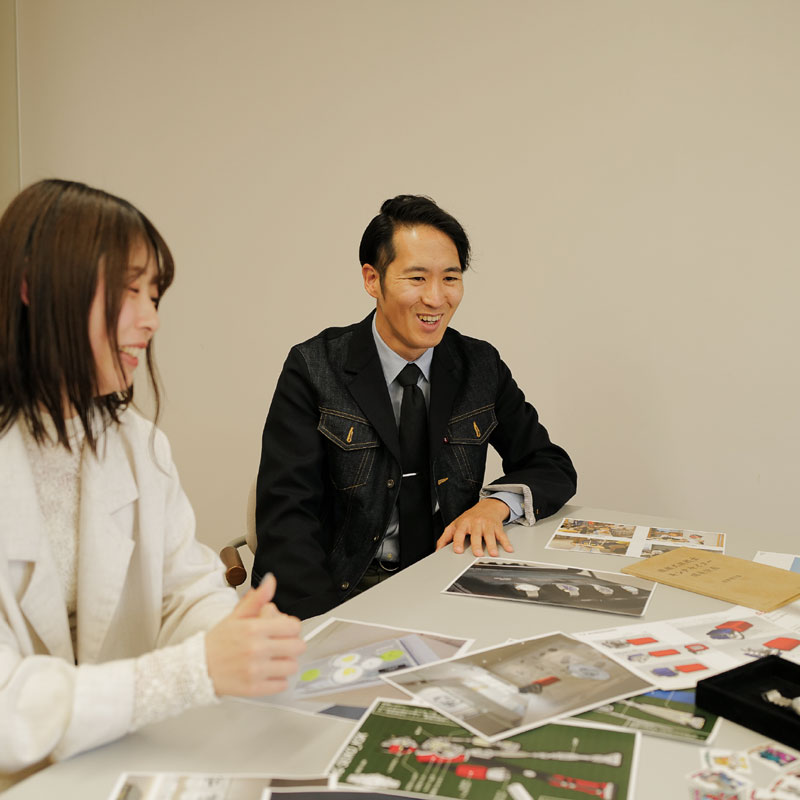
Matsumoto: It was such a unique opportunity. Designing robots and motorcycles—things we rarely get to touch in the watch industry—was an incredibly exciting creative challenge.
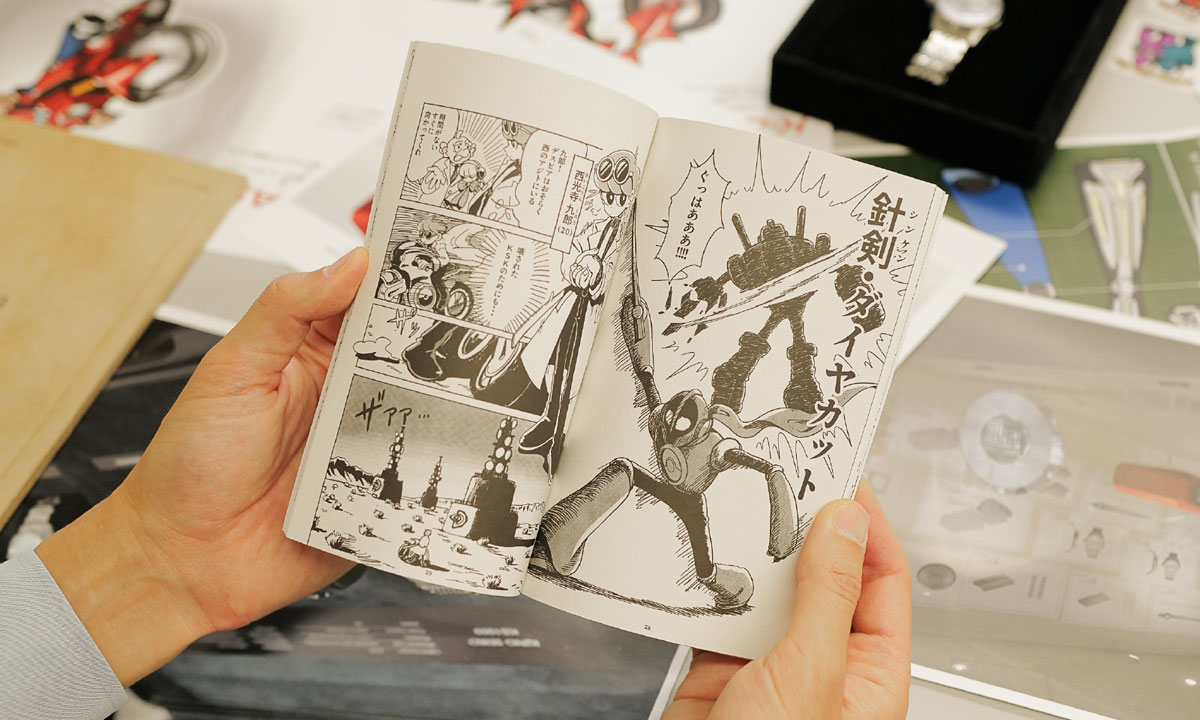
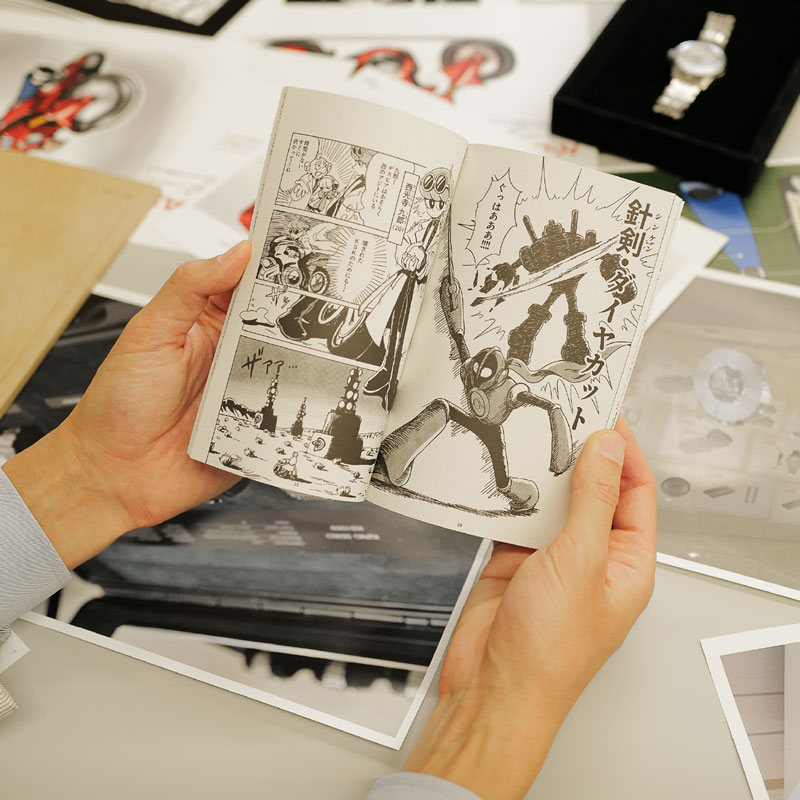
Through Seiko Seed, we caught a glimpse of the brands’ future.
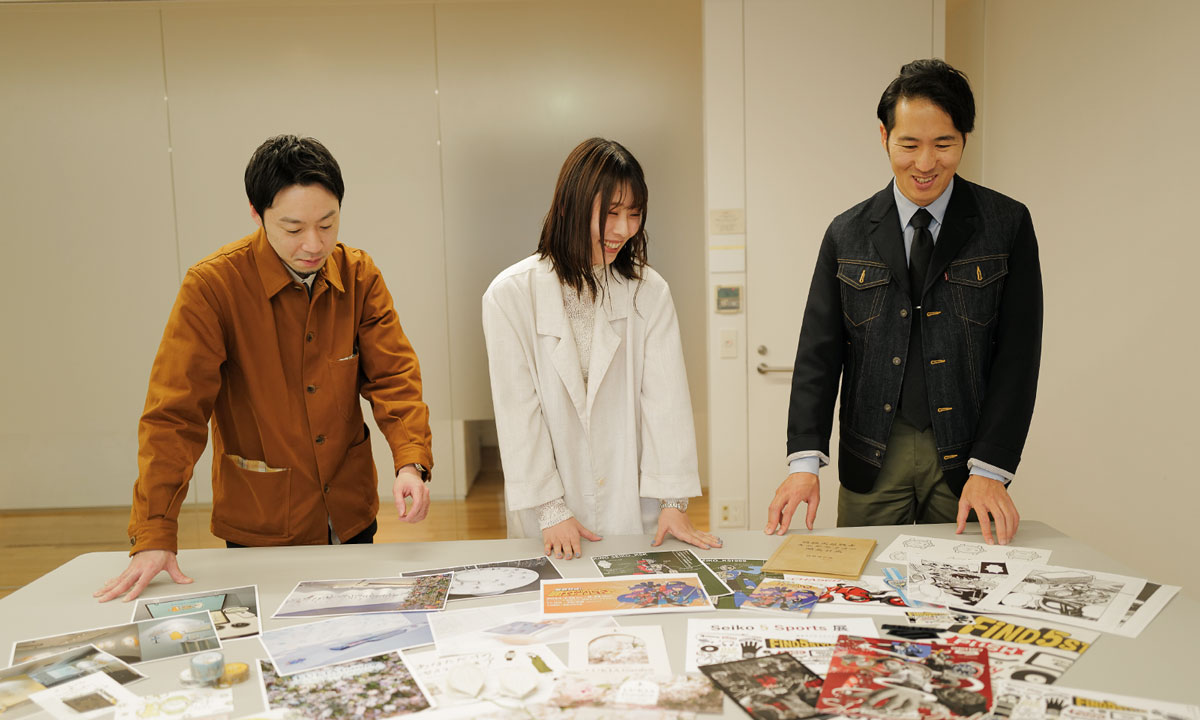
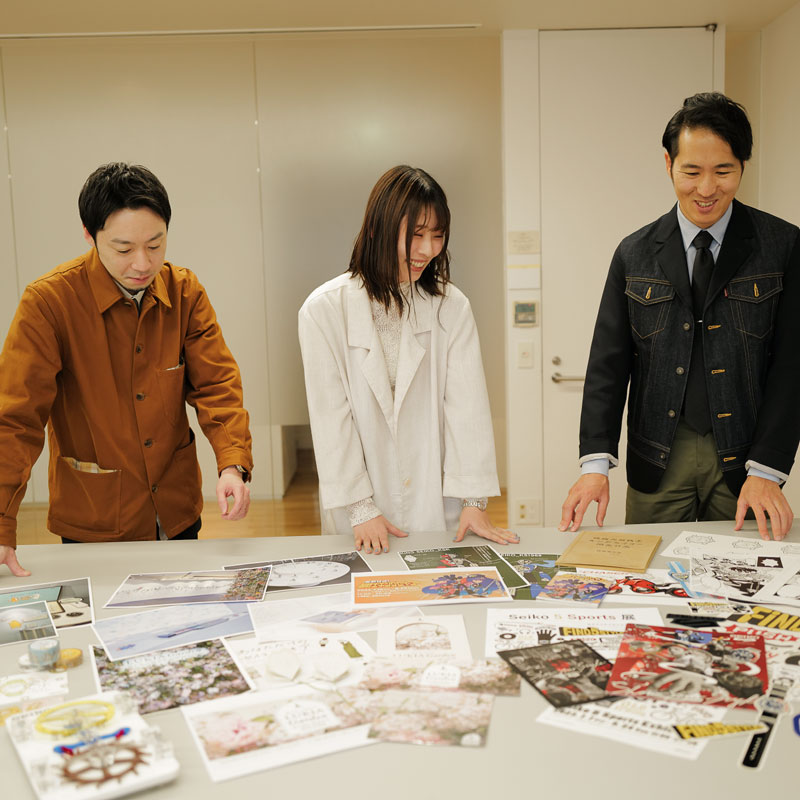
Matsumoto: What struck me during this exhibition project was how valuable it is for a brand to hear directly from customers—not just at the exhibition I oversaw, but across all the exhibitions. In our usual work, most customer interaction happens on the sales floor, where the conversation tends to focus solely on the products.
Ishii: I completely agree. At the Seiko Lukia exhibition, I truly felt the deep affection that has grown for the brand over the past 29 years through my conversations with visitors. I want to continue designing with thought to the subtle shifts that women experience over time—so they’ll continue to cherish the brand moving forward.
Matsumoto: Harajuku, in particular, had many international visitors. King Seiko is still relatively unknown outside Japan, but looking ahead, I’d like to take on the challenge of creating content that resonates with a global audience.
Matsue: One of the watch industry’s biggest challenges is how to inspire the next generation. Seiko 5 Sports is one of the few brands that offers younger generations a gateway to discovering the charm of mechanical watches. We will continue to promote the idea of mechanical timepieces as “something that enriches your life when worn on the wrist.”
Seiko Seed will continue to evolve. We appreciate your continued support as we shape the future together.
